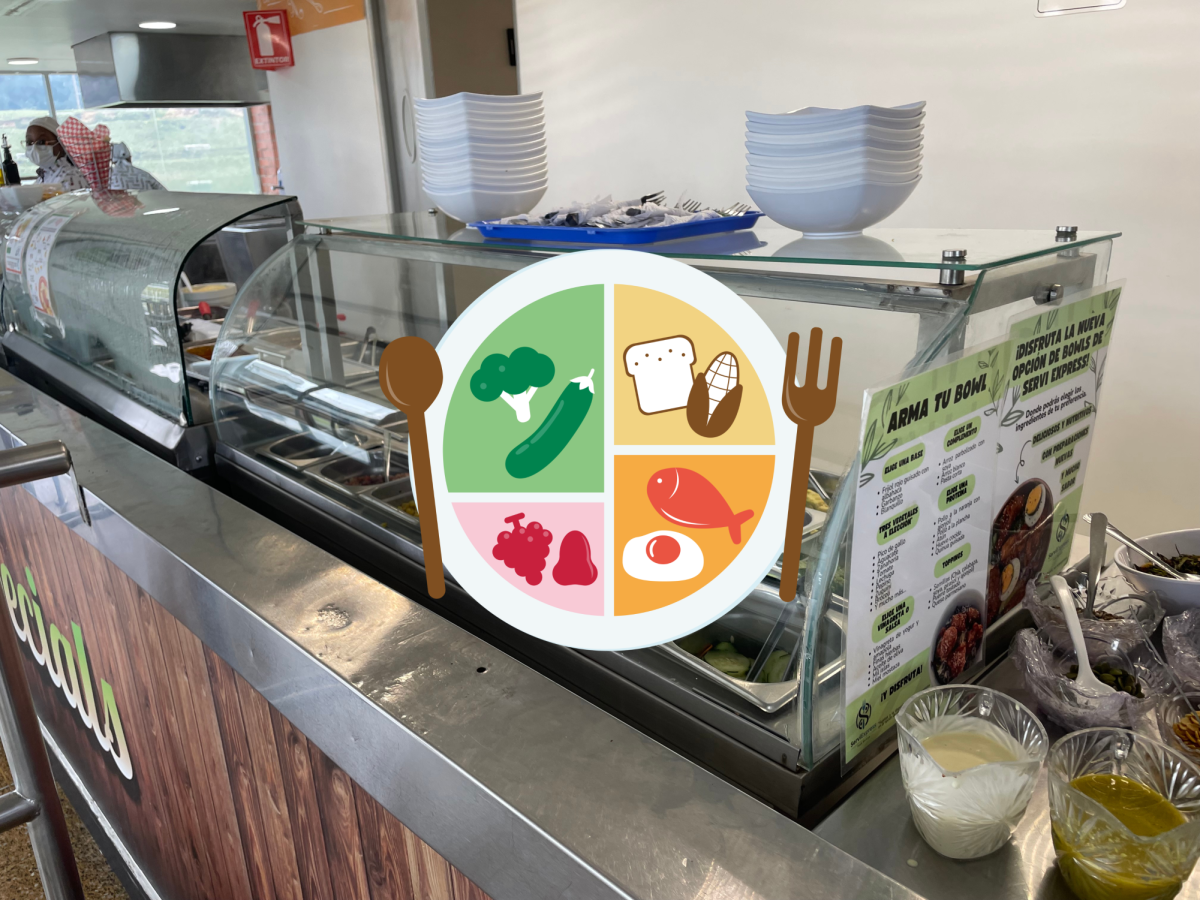Many parents, teachers, and students were curious about why the school was considering ending its contract with Serví Express. To provide clarity and address misunderstandings, Ms. Ruth Allen, the superintendent of The Columbus School, and Lucía Montorssi, a student who regularly eats at Serví Express, shared their perspectives on the situation.
One common theory among students and parents was that the school wanted to change the menu to make it healthier. Ms. Ruth clarified this by explaining:
Miss Ruth, a school administrator, explained that the decision to consider a new food service model is not due to dissatisfaction with Serví Express, but rather to explore opportunities for financial and educational improvements.
One key factor is financial sustainability. By running its own cafeteria, the school could generate additional income, which could be reinvested into infrastructure and student programs. “Some schools we work with, like CNG and Bolívar, have their own cafeterias and use the profits to improve their facilities. For example, they can invest in things like a new basketball court with wooden floors or lights for the soccer pitch.” Miss Ruth clarified
Additionally, an in-house cafeteria could create educational opportunities for students. “We could involve student entrepreneurship groups in cafeteria projects, or nutrition classes could have real-world applications. There are many learning experiences we could incorporate.” Ruth
Many students express concern over the potential change, as they enjoy the food and appreciate the service provided by Serví Express. Lucia Montorssi shared, “It will be very sad for me if they change food providers because Serví Express is something I really like. I like the people that work there, the food they give, and the options they have.”
The school has also noticed areas where improvements could be made. One issue raised by students is that sometimes, if they arrive late to lunch, certain meals may not have enough protein left. “Sometimes, if you get to lunch late, there isn’t enough protein left in meals like tacos. Maybe they could prepare better for large amounts of people so that everyone gets a good portion,” Lucia suggested.
When discussing nutrition, students recognized that Serví Express provides both healthy and indulgent options. “I feel like you can eat very healthy as well as unhealthy, so it’s good for when you have different moods or goals with your own health. They always offer a healthy option—it’s up to anyone to take it or not.”
Beyond the food itself, students feel it is very important for the school to listen to their opinions when making decisions about the cafeteria. “If students don’t like the food or the new options, many will just stop buying lunch at school and bring food from home instead,” one student pointed out. They believe that considering student input is key to ensuring that the cafeteria continues to be a place where everyone can find something they enjoy while still following nutritional guidelines.
The school administration understands that if they change the food provider, they need to make sure students still enjoy their meals. “We’re not planning any big changes. Serví Express has always listened to our suggestions, and we would continue offering a balanced diet,” said Miss Ruth.
One issue that has come up is the amount of sugary food available. “Some families and teachers have raised concerns about the amount of sugar in certain foods. We already stopped selling sodas, and now no one questions that, but some people still think there are too many sugary options, like brownies,” Ruth explained.
If the school decides to manage the cafeteria itself, they will create a committee to make sure meals are nutritious, affordable, and enjoyable. “We would include a nutritionist, possibly a consultant, and a group of parents and students to help decide the menu.”



